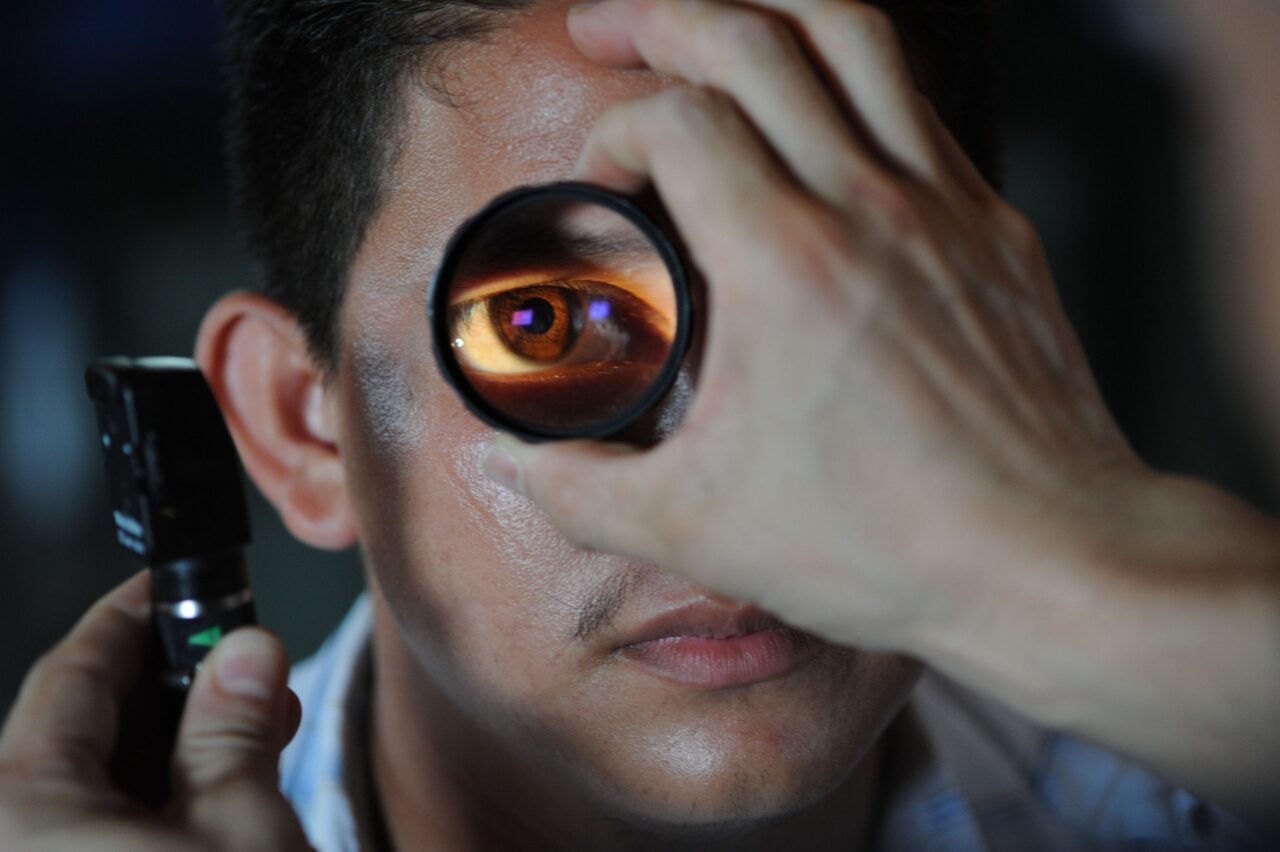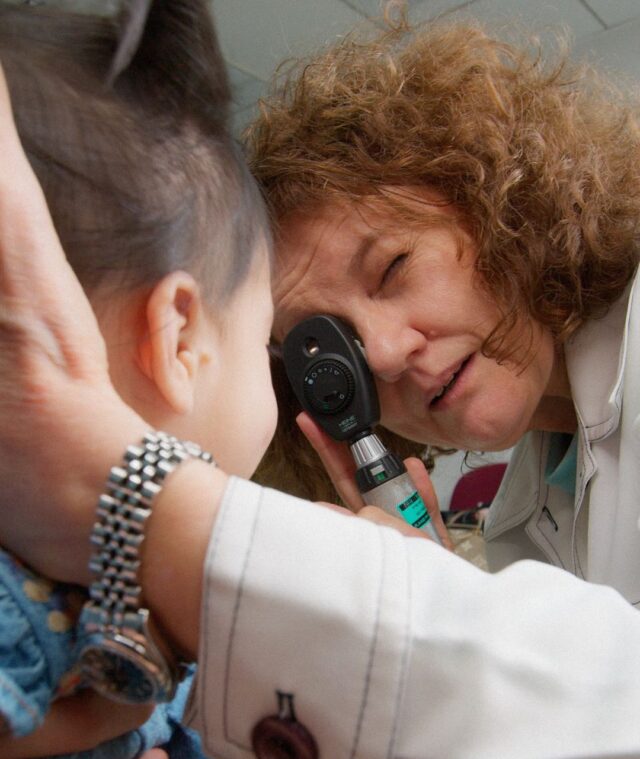Image by David Mark from Pixabay
Keratoconus is a non-inflammatory, degenerative disease characterized by corneal thinning and surface shape irregularities. Keratoconus causes the cornea to bulge into an irregular cone shape.
This is problematic because when the cornea assumes an irregular cone shape, it cannot focus light correctly. The result is distorted vision, light streaks, sensitivity to bright light, and, ultimately, vision loss.
Keratoconus treatment in Dubai can be surgical or non-surgical. Read on to learn about your surgical and non-surgical keratoconus treatment options.
Non-Surgical Keratoconus Treatment Options
Corrective contact lenses are the first line of defense against keratoconus. In Dubai, the following are some of your non-surgical keratoconus treatment options.
1. Scleral Contact Lenses
These are contact lenses that rest on the white of the eyes. They do not touch the cornea at all.
Scleral contact lenses are large contact lenses. Their diameter can range from over 13 mm to something as high as 24 mm, if needed. It all depends on what size lenses you need. However, their large size does not make them uncomfortable.
Their size and the fact that they do not touch the cornea means it’s the sclera, the layer of white-colored tissue in the eyeballs, that carries the weight of the lenses. In contrast, the more sensitive, innervated cornea cannot be irritated or burdened by the lenses’ weight.
2. Rigid Gas Permeable Contact Lenses
Rigid gas permeable contact lenses, also simply known as gas permeable contact lenses, are stiff or rigid contact lenses made of silicone-containing compounds. RGPs are smaller than scleral contact lenses. They are fitted to be smaller than the corneal diameter.
As the name suggests, gas permeable contact lenses allow oxygen to pass through. This allows the oxygen to reach the eye surface, letting the eyes “breathe.” They also move with every blink, allowing tears (lubrication) through under the lens.
Their rigid construction also provides a couple of benefits. First, they can maintain their shape, which means they generally provide consistently sharp vision. Second, they do not easily tear and will last longer.
3. Soft Contact Lenses
Soft contact lenses are thick and large, and, as such, they are unrivaled in comfort. They follow the shape of the cornea, and they don’t move as much when you blink your eyes. Their larger size and corneal fit mean they cannot easily get dislodged.
However, soft contact lenses can dry out because only a tiny amount of tears (if at all) can get under the lenses. When they dry out, their shape can fluctuate, and their clarity can suffer. Therefore, unlike RGP contact lenses, they may not offer consistently sharp vision.
4. Hybrid Contact Lenses
Hybrid contacts are a combination of rigid gas permeable contact lenses and soft contact lenses, taking the advantages of RGPs and marrying them to the benefits of soft contact lenses.
Hybrid contact lenses consist of a hard gas permeable contact lens center surrouned by a soft contact lens skirt. The hybrid lenses’ bigger size and the soft skirt mean they are more comfortable than RGPs. However, the RGP center also means clearer and sharper vision than soft contact lenses.
Surgical Keratoconus Treatment Options
Do you need keratoconus surgery in Dubai? The following are your surgical keratoconus treatment options.
1. Corneal Collagen Crosslinking
Corneal collagen crosslinking is a minimally invasive surgical procedure that slows down or stops the progression of keratoconus-induced corneal degeneration and deformation. It does this by strengthening the collagen bonds in the cornea. Stronger collagen bonds mean a stiffer cornea, and a stiffer cornea is less prone to bulging out.
Corneal collagen crosslinking for treating keratoconus involves bathing the cornea with a riboflavin solution. Once riboflavin has permeated the cornea, the cornea is exposed to UV light of specific strength and intensity, for a specified period of time.
The UV light activates the riboflavin, which increases the connection among collagen fibers — i.e., crosslinks the collagen fibers. This leads to stronger collagen bonds and, thus, a stronger cornea. If successful, corneal collagen crosslinking treatment can stop the cornea from bulging or steepening any further.
2. Corneal Transplant/graft
This surgical procedure involves replacing a damaged cornea with the clear and normal cornea from a donor. This is often indicated in severe cases of keratoconus when other treatment options wouldn’t work.
The deformed cornea is removed in part or in full in this procedure. Then, the surgeon sews the replacement cornea in its place.
A corneal transplant keratoconus operation in Dubai can take approximately an hour and may be done on an outpatient basis. Medication is required after surgery and months or years afterward to minimize the chance of corneal graft rejection.
3. Intracorneal Rings Implantation
Intracorneal rings or intrastromal corneal ring segments are crescent-shaped plastic rings. These are inserted into the peripheral corneal stroma to alter and correct the irregularly shaped cornea, flattening or reducing its bulge.
What Is the Best Keratoconus Treatment?
Generally speaking, those who have early-stage keratoconus do not require surgery. However, only your keratoconus specialist in Dubai can prescribe the best keratoconus treatment for you after assessing the mildness or severity of your particular condition. Therefore, consult your eye doctor.
We are the best place for keratoconus treatment in the UAE. Contact us today to consult our keratoconus Dubai specialists.
References:
https://www.hopkinsmedicine.org/wilmer/research/cornea/keratoconus/treatments.html’
https://keratoconusdoctors.com/keratoconus-treatment/
https://www.hopkinseyecenter.com/eyeglasses-contacts/contact-lenses/gas-permeable-gp-contact-lenses/
https://www.jnjvisioncare.co.uk/sites/default/files/public/uk/tvci/eclp_chapter_6.pdf








